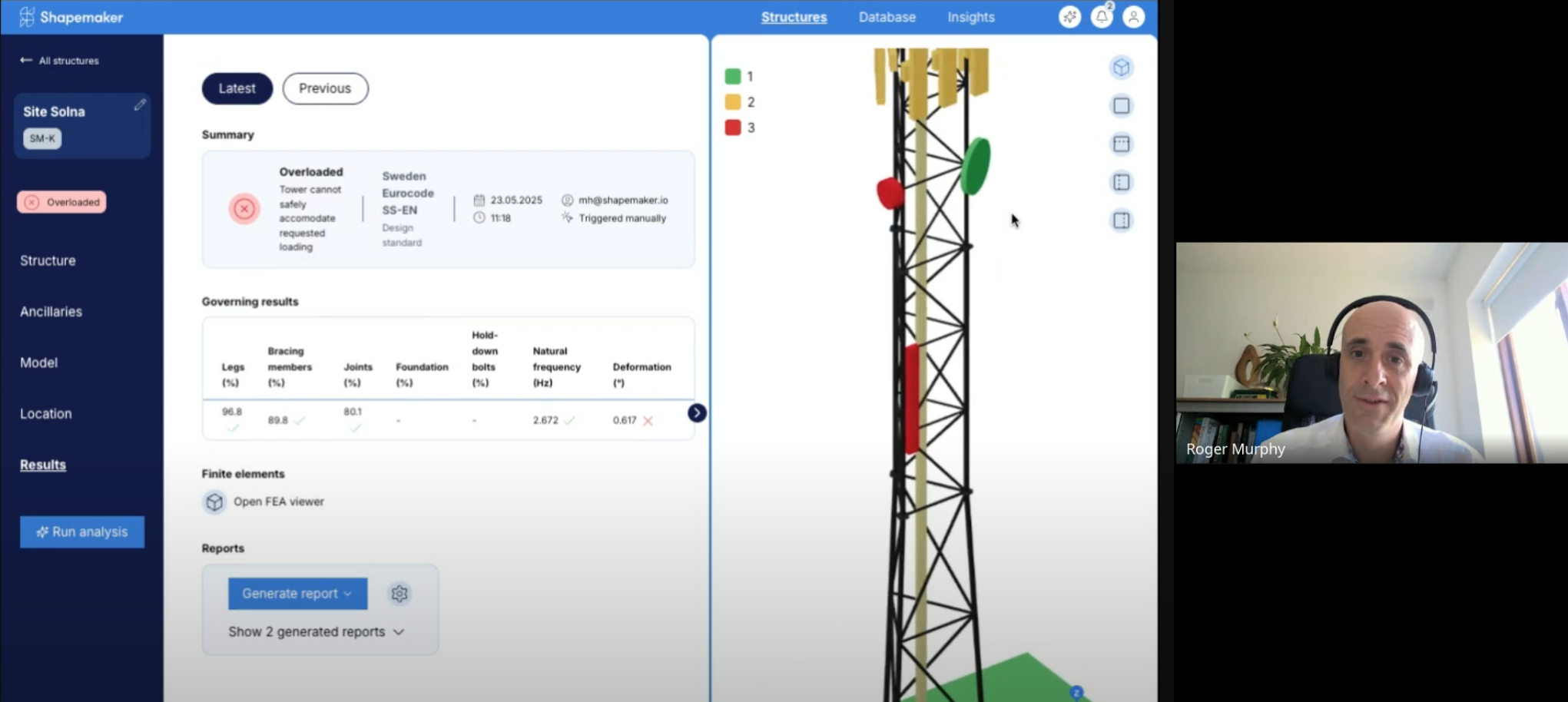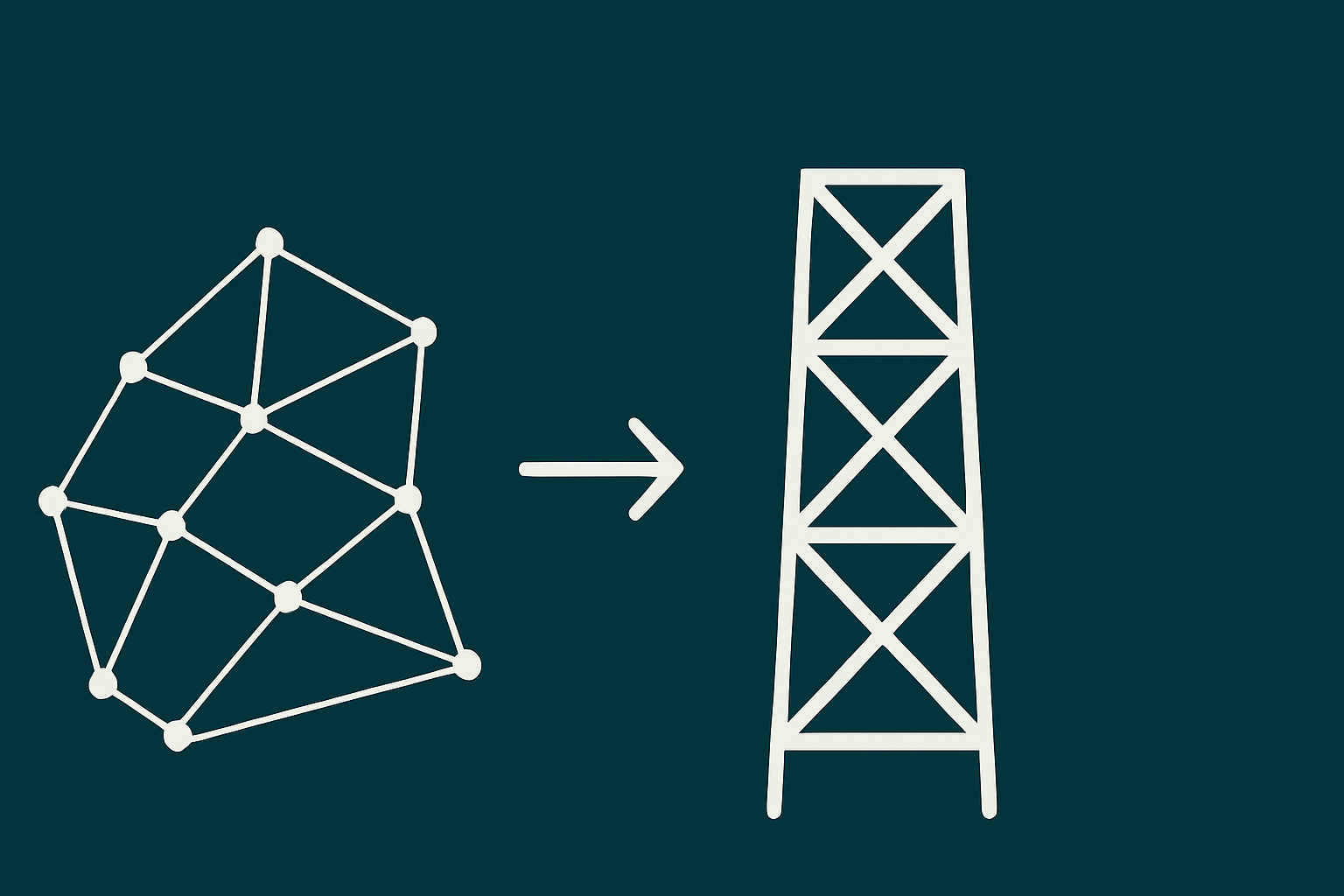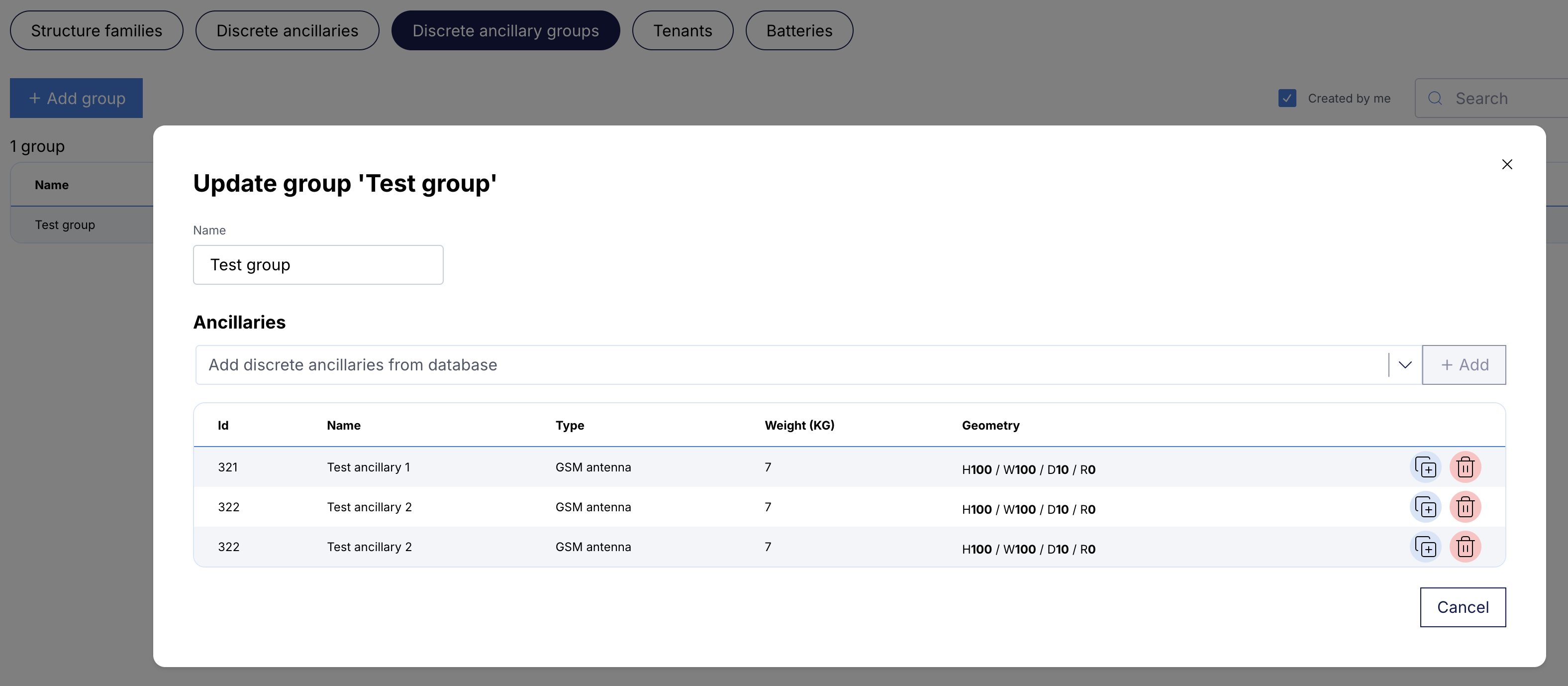What are the biggest challenges you face as a telecom engineering consultancy?
At a high level, the task sounds simple: someone wants to upgrade a tower or add equipment, and we need to assess if the structure can handle it.
The real challenge is twofold: scale and information. We’re often working across large portfolios, with a wide variety of towers. Getting reliable, consistent information is always the bottleneck.
Since I started in telecom in 2005, it’s been the same story — collecting existing data, verifying its accuracy, and trying to get everything into a usable format. The faster we can get on top of the information, the faster we can deliver results.
How do you typically manage and standardize that information?
We’re ISO 19650 accredited, which means we work within a structured process that’s designed for consistency and quality across all types of built environment projects.
Our clients give us data in all formats — drawings, spreadsheets, emails — and our first job is to organize that into a standard set of outputs.
From there, we run structural analysis using either specialized tower software or general-purpose finite element tools. But it takes time and effort to get from raw inputs to a finished report, especially across dozens or hundreds of towers.
How can Shapemaker help solve those challenges?
There are two major benefits of using Shapemaker.
First, standardizing the input format. That removes a huge amount of admin work. Structural engineers shouldn’t be spending time counting antennas or manually building models from inconsistent spreadsheets.
Second, Shapemaker’s ability to integrate with BIM workflows is a big deal. Traditionally, the structural model and drawing model exist in separate silos — you’ve got AutoCAD on one side and a structural analysis model on the other, and they don’t talk.
At Allied, we use Revit for our design work, and being able to share models back and forth helps both teams catch issues early and improve quality. If Shapemaker can export accurate, standardized IFC files, that directly improves upgrade design and ultimately benefits the customer.
What do you think about the TowerBuilder in Shapemaker?
I really like the diagram view. It reduces the mental load for engineers — you’re not scribbling notes in the margins or trying to match up member sizes manually.
More importantly, it enforces a structured workflow, especially for younger or less experienced engineers.
In telecoms, it’s easy for someone new to miss key elements like bracing or connections. But with Shapemaker, you can’t move to analysis unless you’ve gone through all the required steps. That helps standardize quality across the board.
How could Shapemaker help with repetitive co-location assessments?
There’s a huge opportunity to reduce administrative overhead. Right now, consultants are often brought in late in the process after multiple handoffs. You end up sending emails back and forth, uploading files to shared drives, reformatting data… it’s not a great use of anyone’s time.
If everyone is working in the same platform and looking at the same model, you eliminate a lot of busywork. The work is done, it’s visible, and then the conversation can focus on real structural issues.
Different clients have different levels of standardization — some are very clean, others are messy. Regardless, the structure needs to be assessed and made safe. Shapemaker helps remove the drudgery, so engineers can focus on what actually adds value: designing safe, cost-effective upgrades.
Final Thoughts?
Structural engineers bring value when they solve complex problems — not when they’re buried in spreadsheets.
Anything that helps automate and streamline the admin side of things, while maintaining accuracy and standardization, is a win for us and a win for the industry.
If you need any engineering work in the UK or Australia, reach out to Roger at roger.murphy@alliedconsulteng.com or check out https://www.alliedconsulteng.com/.
Want to see how Shapemaker can help your team achieve the same results? Contact us at hello@shapemaker.io!

.jpg)



